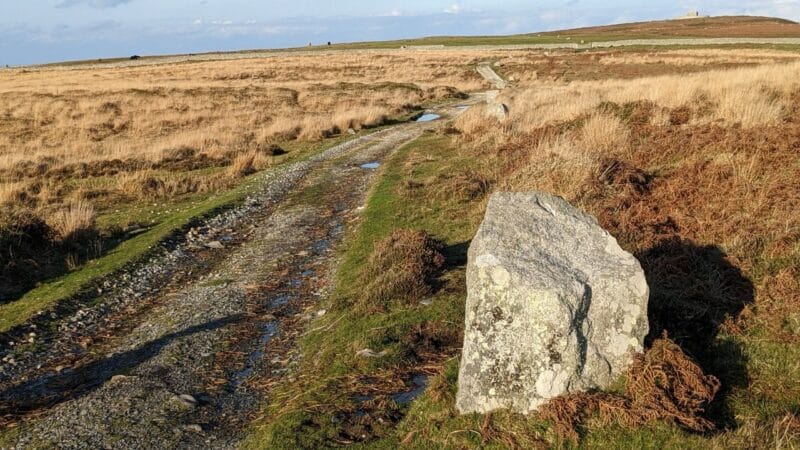I was on Lundy this week. For a small island, it is surprisingly full of examples of how the (British) world of management has a long pedigree of incompetence. Mainly, in the case of Lundy, incompetence of the Victorian kind. Which, given the size of the British Empire at that time, probably says a lot about the more general state of the management art. The most famous example of Lundy management incompetence came when they decided to build a lighthouse on the highest point of the island. I guess, in theory, the thinking went something along the lines that the higher the light, the further away ships would see the three-mile by half-mile obstacle in the Bristol Channel. In practice, sadly, the times when a light was most useful usually coincided with the times it was foggy. And, Lundy being the latitude it is, most of the time it was foggy, the light was just the right height above sea-level that, unlike lower parts of the island, it was lost in the fog.
Eventually, three generations later, the powers that be abandoned the project, built two new lights closer to sea-level at the north and south tips of the island, and turned what was now called the Old Light, into a viewing point. The intricate and cunning combination of candles and mirrors replaced with a pair of folding deckchairs.
My favourite example of management incompetence, however, is less well known, albeit slightly more tragic. It was decided that there should be a cart track built up the spine of the island from the village to the northern point. The island being mainly formed from an inconvenient lump of ex-volcanic granite meant that the track was mainly formed by scraping off the accumulated topsoil and peat to leave the granite exposed. This was probably somewhat sensible, although, given the fact that the track was mainly going to be used by humans and their assorted beasts of burden, I think I would’ve voted for keeping the topsoil in place. I imagine the relative lack of traffic up and down the track might’ve meant a danger the track would disappear, though, and heaven forbid those using the track might have to improvise. As a further guarantee that no-one would stray from the exposed granite, especially at night, it was further decided that they should lay some marker stones along the side of the track.
Here’s where we get to the good bit. The bit that mimicks one of the best scenes in one of the best movies ever, Spinal Tap. In the movie, when the band’s US tour turns out to be going not so well, guitarist, Nigel Tufnel, suggests they should revive one of their earlier classics, Stonehenge. Tufnel sketches out a drawing of the required stone formation and hands it to a handy prop-builder. Come the night of the first show to feature the prop, we get to see an eighteen-inch-high Stonehenge arch being slowly lowered onto the stage. Then a troupe of small-people dance around it. This is still funny after a hundred viewings. But still not quite as funny as the band conference after the event.
Anyway, the gist of the Stonehenge joke is that Tuffnell has got his feet and inches mixed up. He thought he was ordering a more representative of the real thing, eighteen-foot-high Stonehenge. Meanwhile back on Lundy, management had their own equivalent of Nigel Tufnel. Only he got his feet and inches mixed up the other way around. Meaning that a 3-mile-long line of four-inch-high marker stones actually became a 3-mile-long line of four-foot-high marker stones.

Admittedly, over a hundred years later, they still do the track marking job pretty well. No-one quite remembers, though, precisely how many donkeys were killed during the transportation of the monoliths. I suspect it was double figures. I suspect too that, after the first expired donkey incident, the workers had realised something was wrong with the drawings, but none had the bottle to go tell management. That or – more likely – management realised what had happened and didn’t have the humility to admit their mistake. As ever, the overriding Victorian problem-solving strategy was, and to a large extent continues to be, ‘if in doubt, leave things as they are’.
